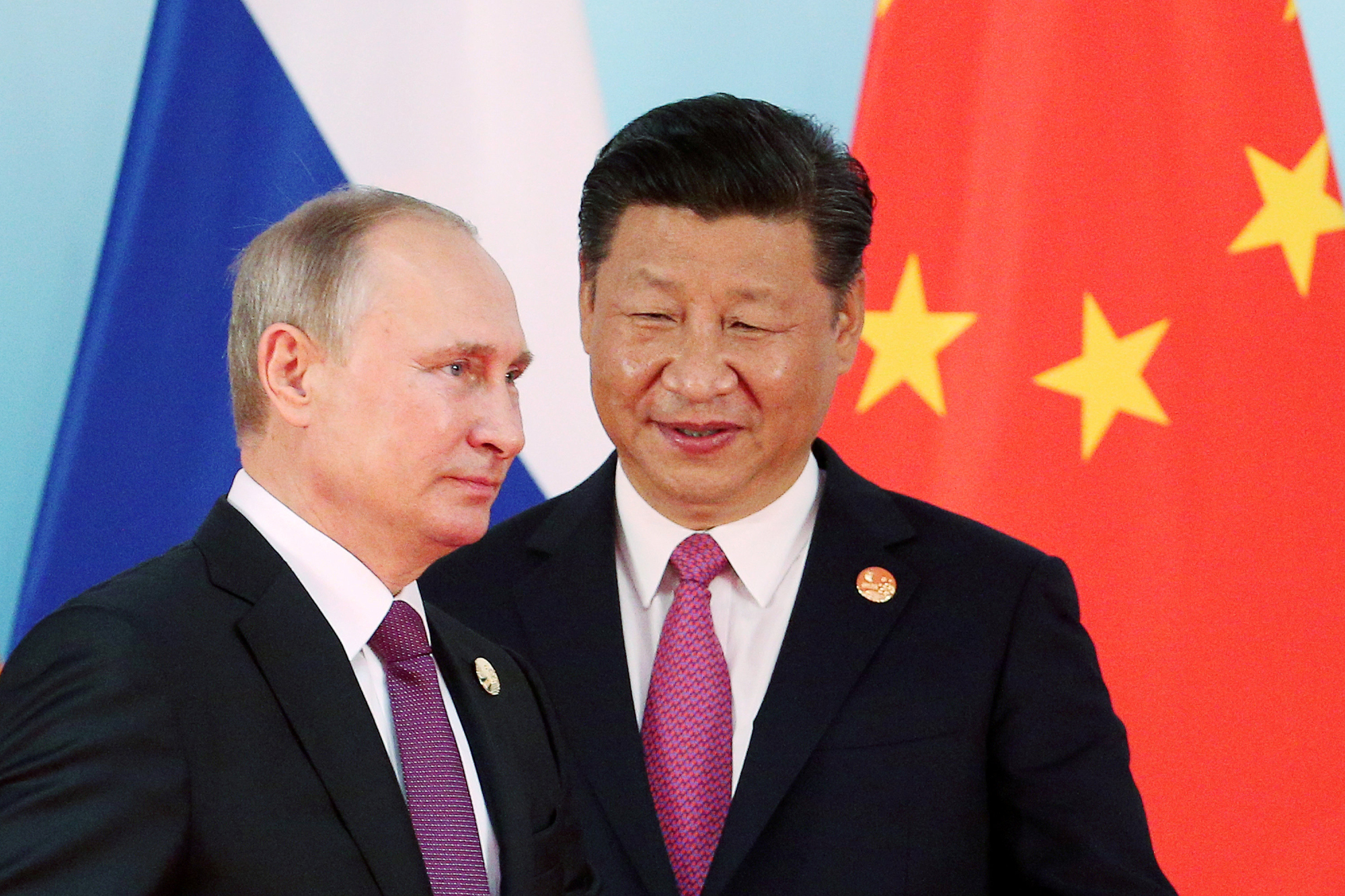American foreign policy has reached a historic inflection point, and here's the surprise: It has very little to do with the all-consuming presidency and controversies of Donald Trump.
For roughly 25 years after the Cold War, one of the dominant themes of U.S. policy was the effort to globalize the liberal international order that had initially taken hold in the West after World War II. Washington hoped to accomplish this by integrating the system's potential challengers — namely Russia and China — so deeply into it that they would no longer have any desire to disrupt it. The goal was, by means of economic and diplomatic inducement, to bring all the world's major powers into a system in which they would be satisfied — and yet the United States and its values would still reign supreme.
This was a heady ambition, one that was based on the idea that Russia and China were heading irreversibly down the path of political and economic liberalization, and that they could eventually be induced to define their interests in a way compatible with America's own.



















With your current subscription plan you can comment on stories. However, before writing your first comment, please create a display name in the Profile section of your subscriber account page.